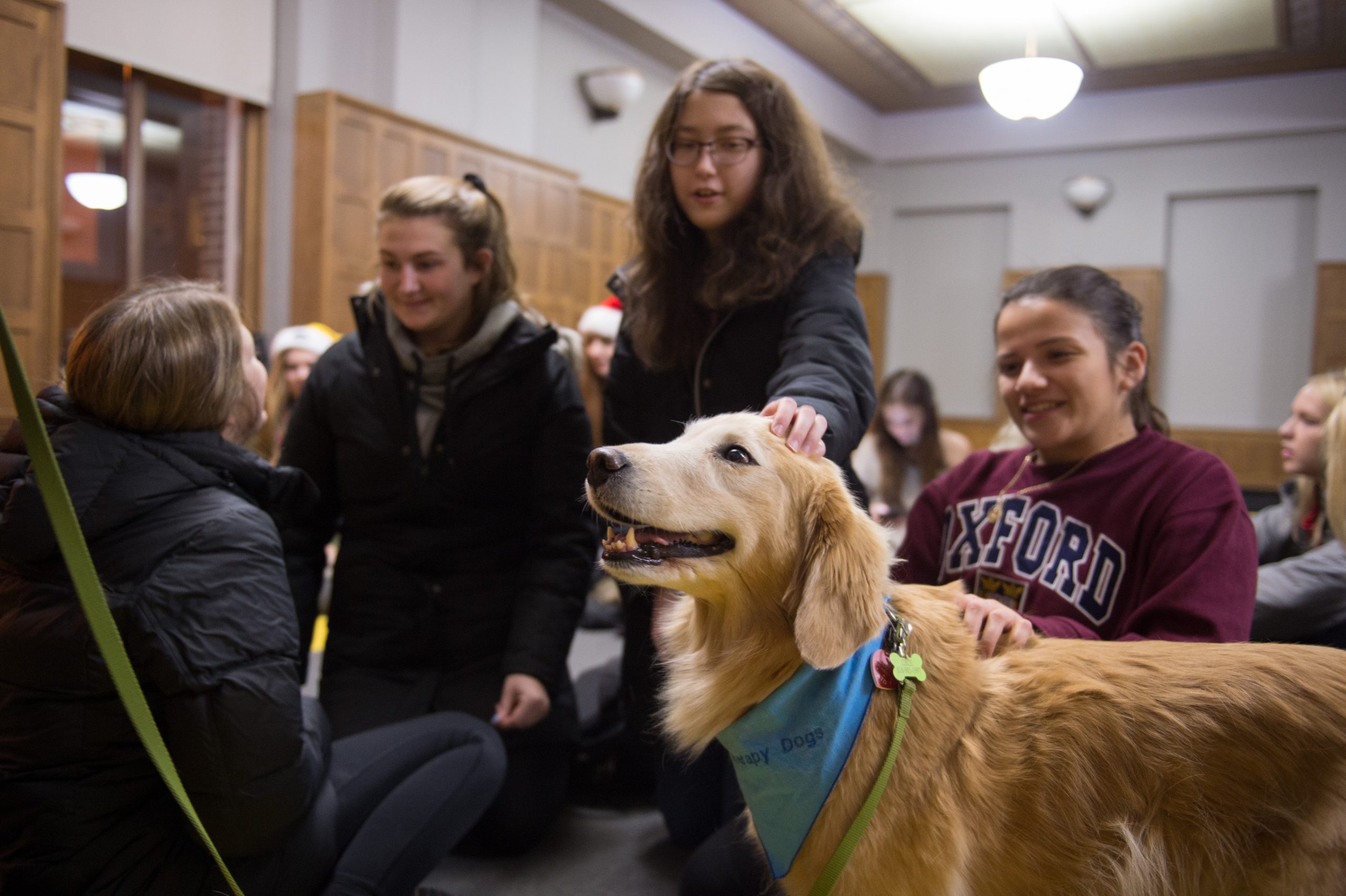Identifying barriers and bottlenecks

To assess barriers to student learning in this context, it might be helpful to identify the bottlenecks of your course or another interaction you have chosen. Sturts and Mowatt define bottlenecks as “moments when students may face barriers to understanding content in the process of learning” (Sturts and Mowatt, 2012, p. 39). Bottlenecks are moments when a significant number of students encounter difficulties in the learning process; identifying and addressing bottlenecks can help students connect to the content (Riegler, 2020).
Here are sample strategies Iowa instructors use to help their students overcome bottlenecks in their courses:
- making the course structure and expectations more transparent for students
- sharing the organization of each lecture, lab, or discussion
- making slides and notes available for students
- creating a concept map to highlight the connections between various complex subjects
- using contrasting and boundary cases to highlight organizing features
- incorporating formative assessment techniques to check in with students’ learning experience (such as minute papers, muddiest points, or exam wrappers)
- recording lectures and providing captions and transcripts
- facilitating and supporting students’ self-regulated learning process (for example, providing students with opportunities to work on self-selected topics and projects relevant to them)
References
Riegler, P. (2020). Decoding the disciplines: A roundtable from novice to expert back to novice. DidaktikNachrichten, 3-8. https://diz-bayern.de/DiNa/07_2020.
Sturts, J.R. & Mowatt, R.A. (2012). Understanding and overcoming bottlenecks in student learning. SCHOLE: A Journal of Leisure Studies and Recreation Education, 27(1): 39-45.
